Search the Special Collections and Archives Portal
Search Results

Photograph of Caesars Palace, Las Vegas, 1966-1969
Date
Archival Collection
Description
Image
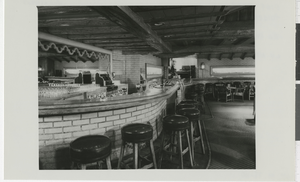
Photograph of bar, Las Vegas (Nev.), circa 1960
Date
Archival Collection
Description
Image
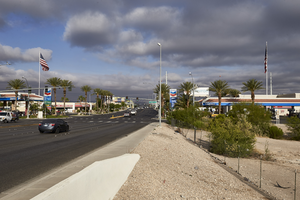
Russell Road near the Las Vegas Stadium site pre-construction, Las Vegas, Nevada: digital photograph
Date
Archival Collection
Description
Image
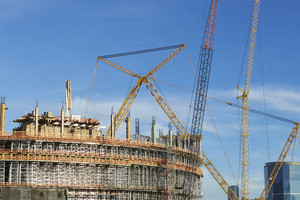
Cranes at the Sphere Las Vegas construction site, looking north in Las Vegas, Nevada: digital photograph
Date
Archival Collection
Description
Photographed as part of the UNLV Special Collections and Archives' Building Las Vegas collecting initiative started in 2016. This photo is part of a series documenting the construction of the Madison Square Garden (MSG) Sphere at the Venetian Resort, also know as Sphere Las Vegas.
Image

Faces Nightclub in Las Vegas, Nevada: photographic prints
Date
Archival Collection
Description
Image
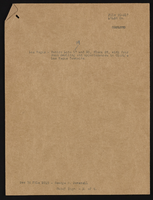
Las Vegas, Nevada - retirement of Lots 19 and 20
Date
Archival Collection
Description
Mixed Content
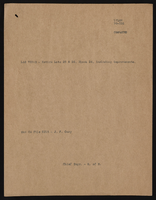
Las Vegas, Nevada - retirement of Lots 25 and 26
Date
Archival Collection
Description
Mixed Content
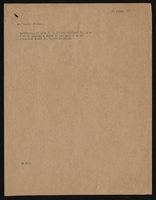
Las Vegas, Nevada - retirement of Lots 1, 2, 17, 18
Date
Archival Collection
Description
Mixed Content
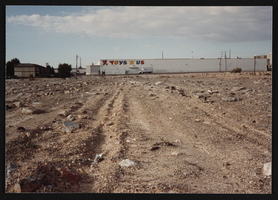
Buildings in Las Vegas: photographic prints
Date
Archival Collection
Description
Image
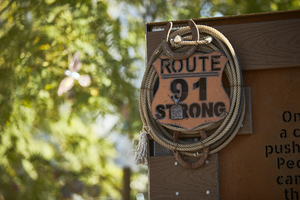
A horse shoe and rope art piece adorns a remembrance wall at the Las Vegas Community Healing Garden, looking north-northeast in Las Vegas, Nevada: digital photograph
Date
Archival Collection
Description
Following the October 1, 2017 killing of 58 people at the Route 91 Harvest Music Festival on the Las Vegas Strip, the Las Vegas community responded in a variety of ways. Envisioned by activists and built by volunteers, the City of Las Vegas established the Las Vegas Community Healing Garden at 1015 S. Casino Center Boulevard to honor the victims and give family members and the community a place to gather to remember.
Image
